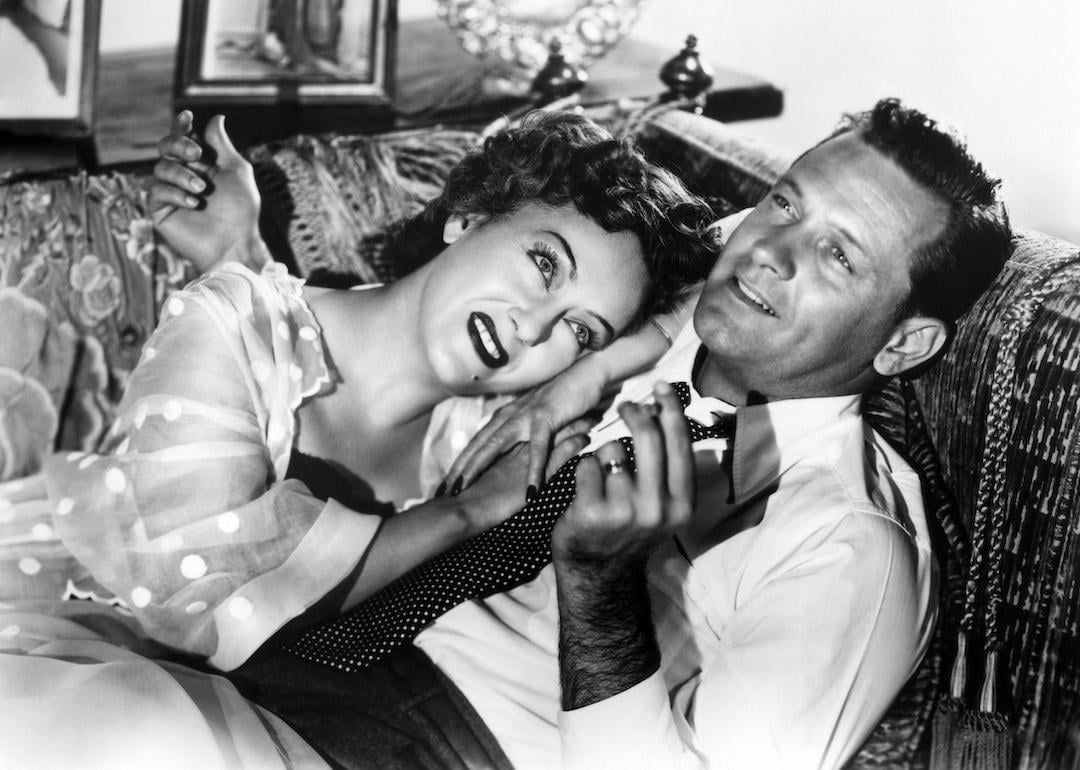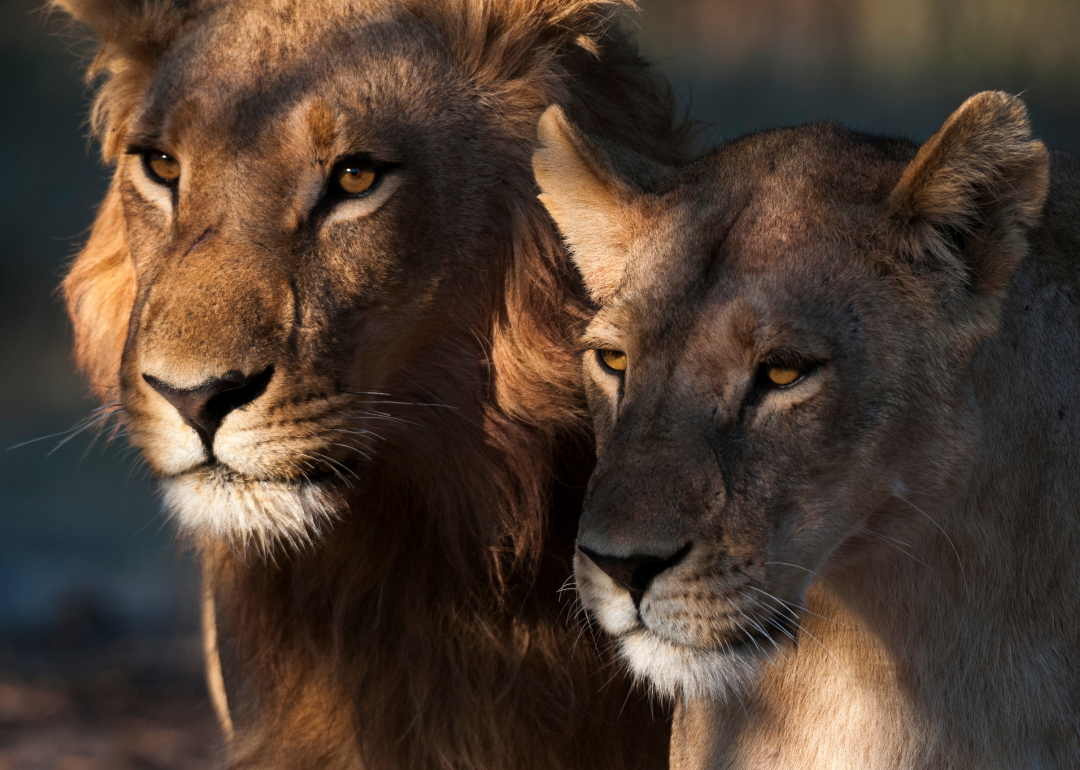
20 facts about dachshunds
Few dog breeds are as instantly recognizable as the dachshund, affectionately known as the "wiener dog." With its long body, short legs, and spirited personality, this small hound has captured hearts around the world for centuries. Originally bred in Germany to hunt badgers, the dachshund combines courage and cleverness with a touch of stubborn independence. Today, it is equally at home as a playful family companion or as a competitive participant in dog sports. From their quirky habits to their surprising resilience, dachshunds are a breed full of charm and character. This guide explores everything you need to know about them—from history and health to their role in pop culture.
Note: This content was created with the assistance of AI tools and has been thoroughly reviewed, fact-checked, and edited by Stacker's editorial team to ensure accuracy, reliability, and alignment with our editorial standards.
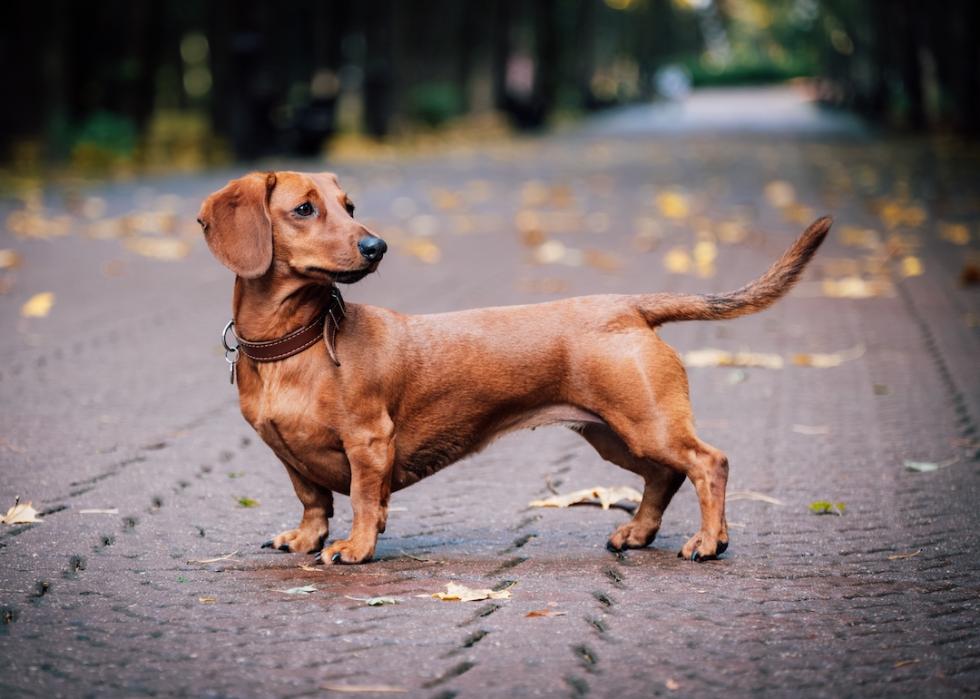
Breed Overview
The dachshund—affectionately known as the "wiener dog" or "sausage dog"—is a small hound celebrated for its elongated body and short legs. Officially classified in the Hound Group by the American Kennel Club, this spirited and sturdy breed packs a lot of presence into a diminutive frame.
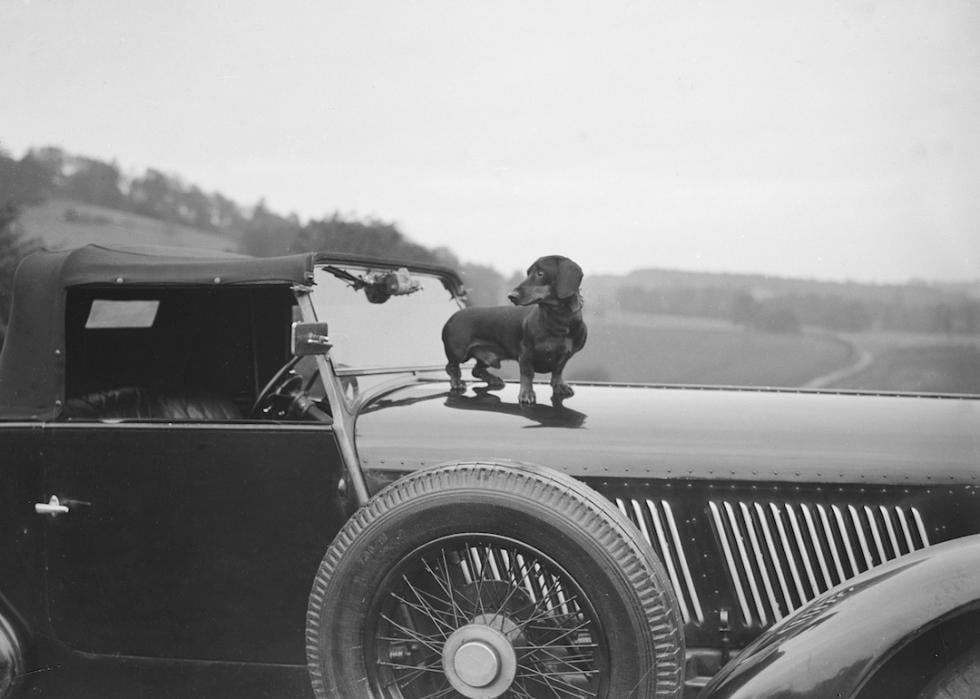
Origins & History
The dachshund originated in Germany more than 600 years ago. Its name translates to "badger dog," reflecting its original purpose of digging into burrows to flush out badgers. Over time, it evolved from a hunter into a beloved household companion.
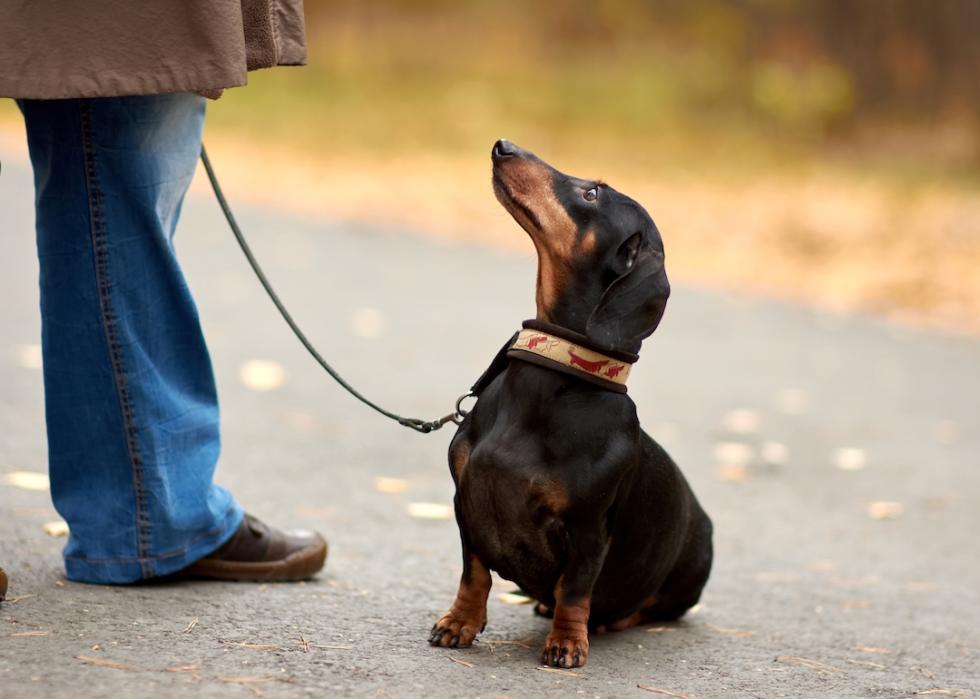
Fun Fact
Every year, cities around the world host dachshund races, often called "wiener dog races," in which dozens of these little hounds dash across short tracks to the delight of cheering crowds.
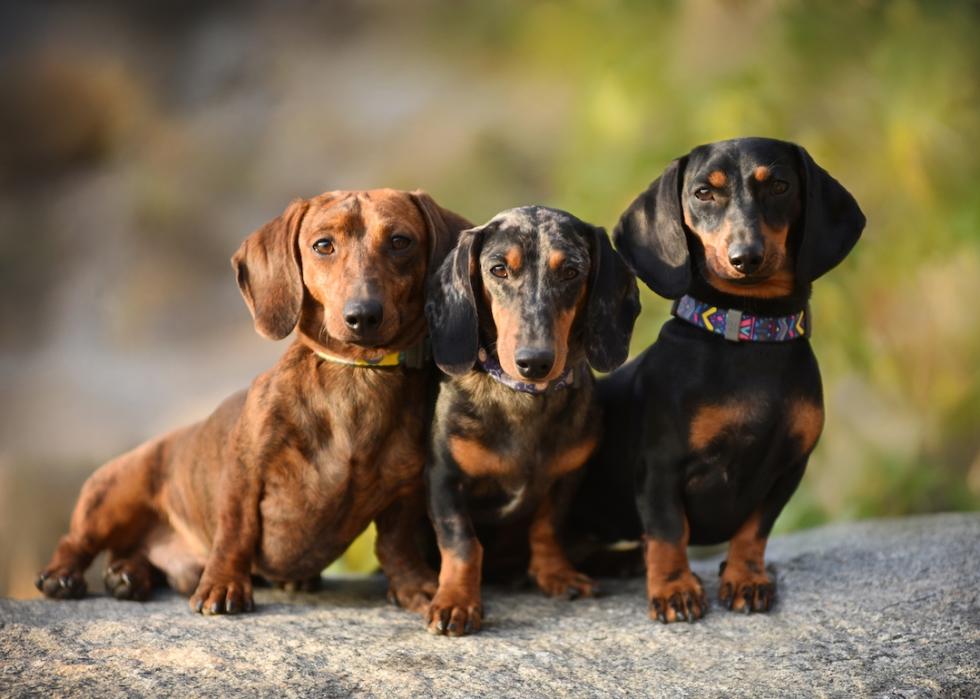
Appearance & Size
Dachshunds are instantly recognizable for their long bodies and short legs. Standard dachshunds weigh 16 to 32 pounds, while Miniatures weigh under 11 pounds. They come in smooth, long-haired, and wire-haired coats in colors ranging from red and cream to black-and-tan and dapple.

Temperament & Personality
This breed is known for being clever, courageous, and sometimes stubborn. dachshunds are loyal family dogs that form strong bonds, often with one person, and balance playfulness with independence.
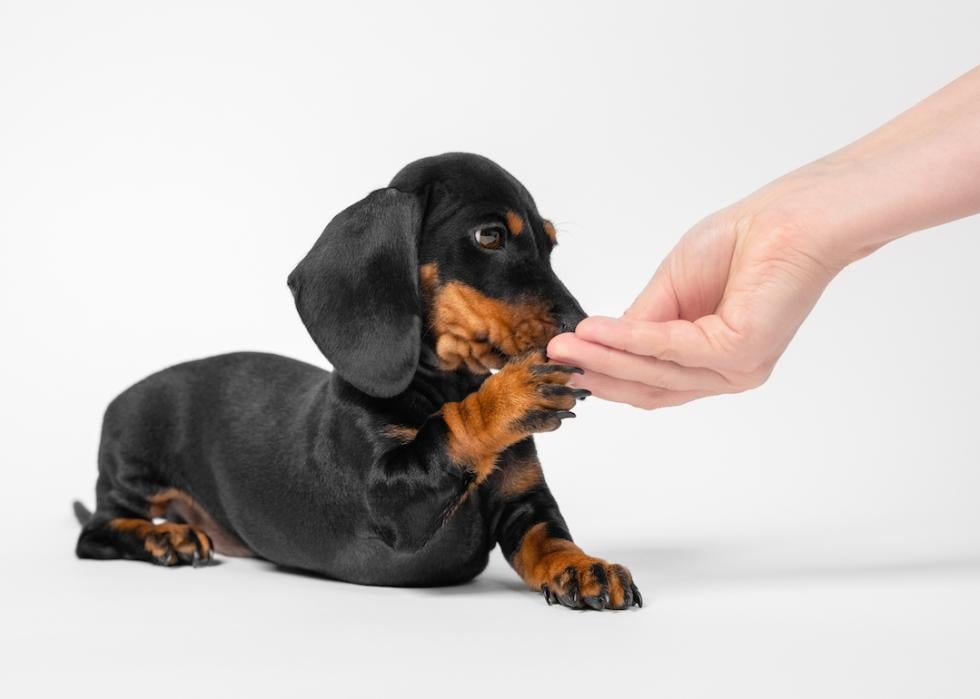
Trainability & Intelligence
Though intelligent, dachshunds are famously strong-willed. Training requires patience and consistency, as their hunting instincts can make them easily distracted by scents.
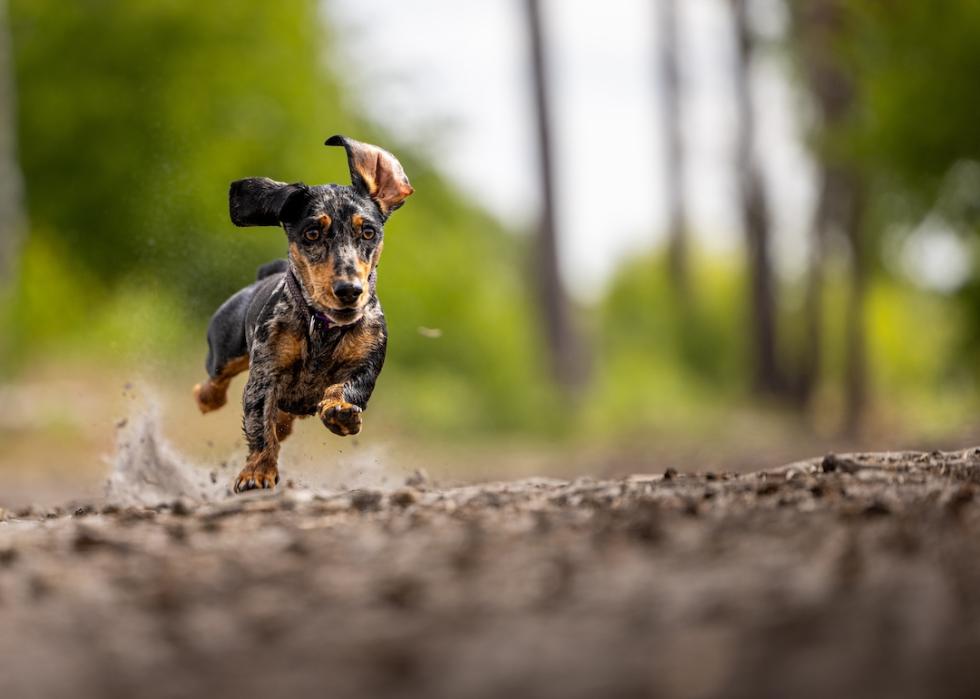
Exercise Needs
Despite their size, dachshunds are energetic and need about 45 to 60 minutes of daily exercise. However, to protect their backs, they should avoid overexertion on stairs or jumps.

Grooming Requirements
Grooming varies by coat type: Smooth dachshunds need only occasional brushing, long-haired dogs require more frequent care, and wire-haired coats often need hand-stripping. All benefit from nail trims and dental care.

Health Profile
The breed's long spine makes it prone to intervertebral disc disease, with about one in four dachshunds affected in their lifetime. Their life span averages 12–16 years, and weight management is critical to reducing spinal strain.

Diet & Nutrition
Dachshunds are prone to obesity, so a balanced diet with careful portion control is essential. Limiting treats and avoiding table scraps helps protect their backs and joints.

Living Environment
These dogs adapt well to both apartments and houses, provided they get exercise. Their digging instincts make fenced yards ideal, and they thrive when they can stay close to their people.
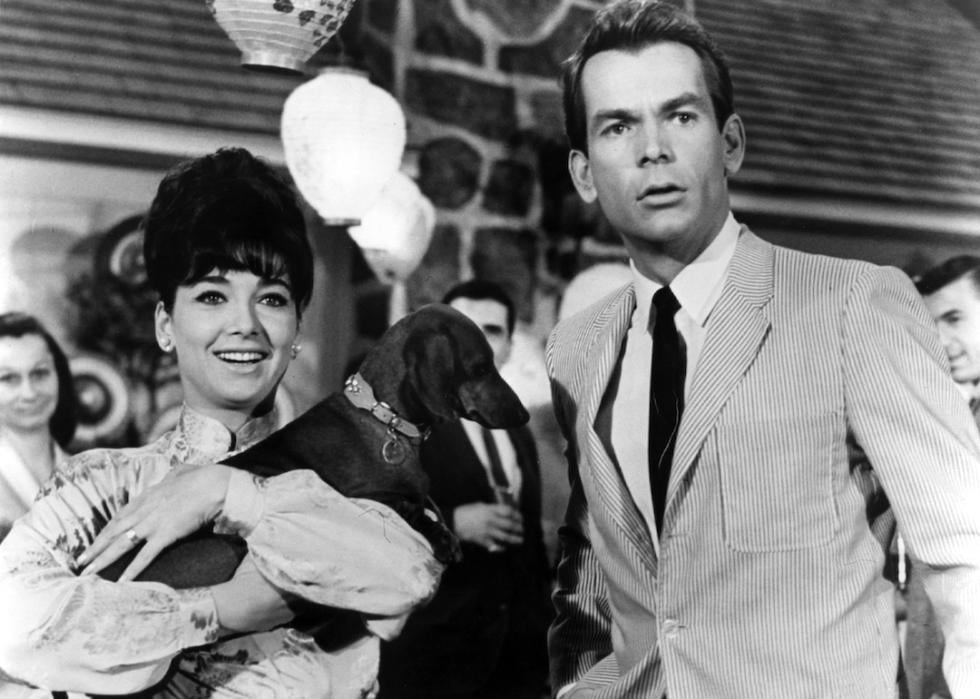
Role in Pop Culture
Dachshunds have been pop culture darlings for decades, from serving as the Oscar Mayer mascot to appearing in cartoons, art, and advertising, thanks to their unique look.
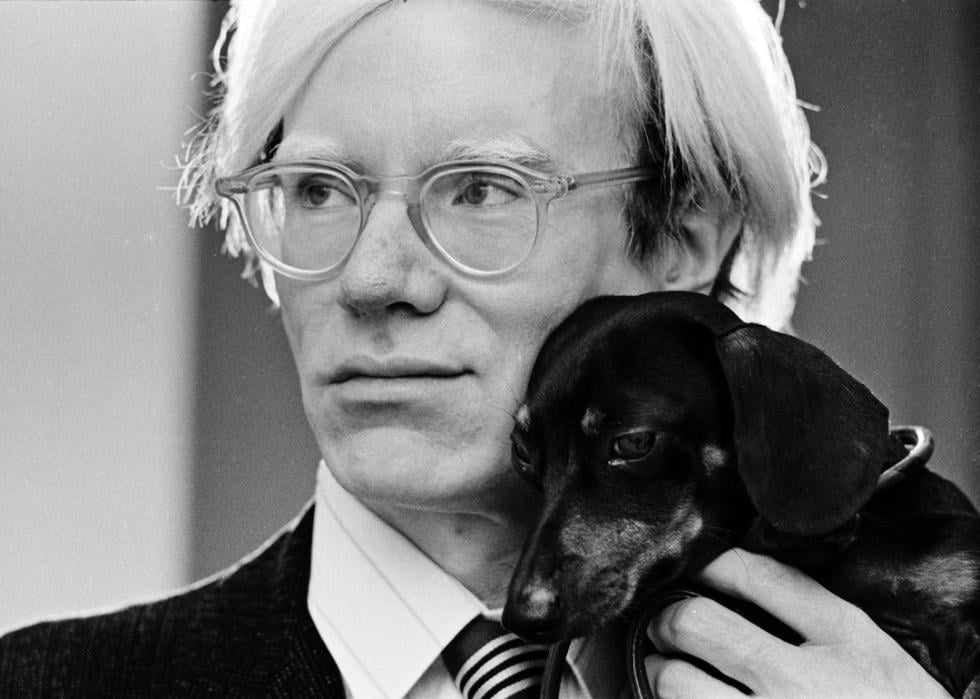
Notable Owners
Artists like Pablo Picasso, who painted his dachshund Lump, along with Andy Warhol, E.B. White, and even Queen Victoria, all helped popularize the breed's quirky charm.

Breed Popularity Trends
Dachshunds consistently rank high in U.S. dog popularity, currently in the top 15 AKC breeds as of March 2025. Their popularity surged post–World War II when returning soldiers brought them home from Europe.
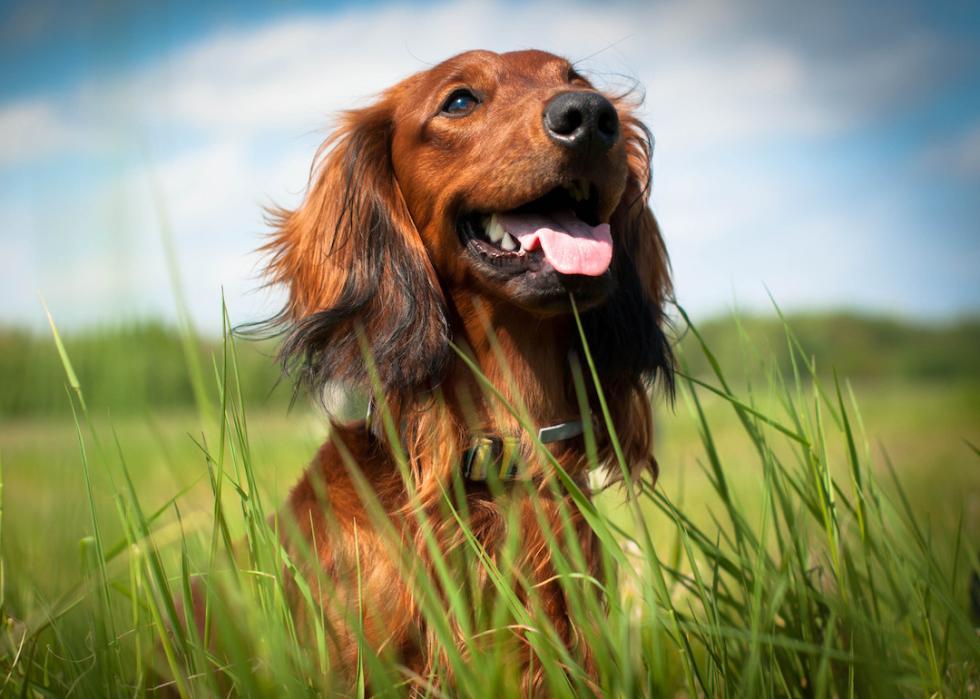
Breed Organizations & Clubs
The Dachshund Club of America, founded in 1895, is the breed's AKC parent club. Regional clubs and rescues also support adoption and events.
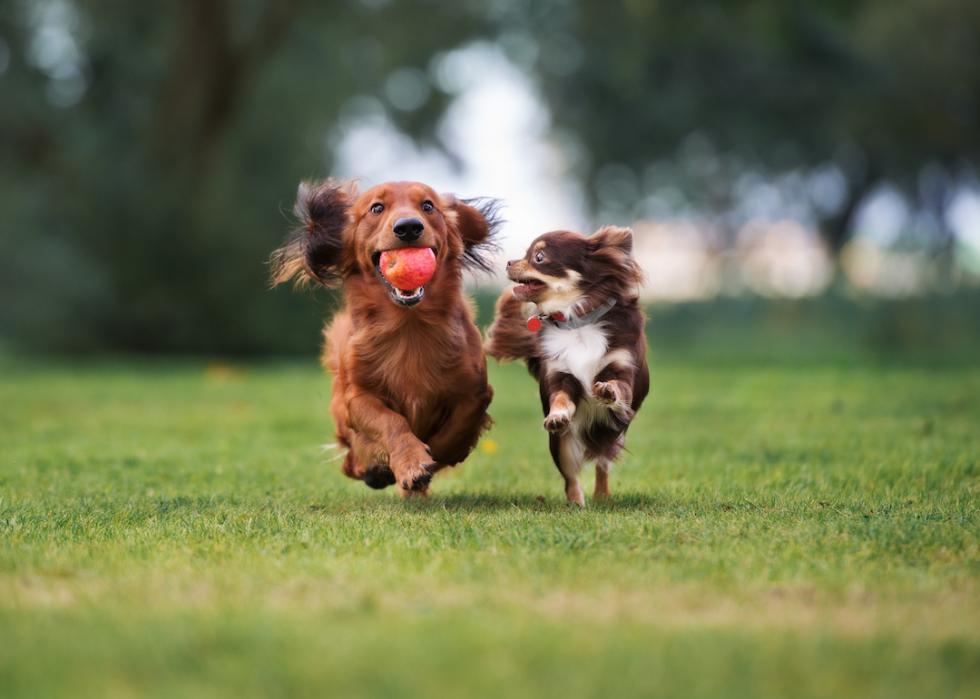
Comparison to Similar Breeds
Compared with Basset Hounds, dachshunds are more compact and energetic. Unlike Corgis, which were bred for herding, dachshunds were bred for hunting underground prey, giving them a livelier, more mischievous personality.

Unique Traits & Quirks
Dachshunds are famous for burrowing under blankets and have surprisingly deep barks. They're also known for their "big dog" attitude, often challenging animals much larger than themselves.

Myths & Misconceptions
Many assume dachshunds are fragile because of their small size, but in fact, they were bred to hunt fierce badgers. Another myth is that they can't live with children; when properly socialized, they can be excellent family pets.
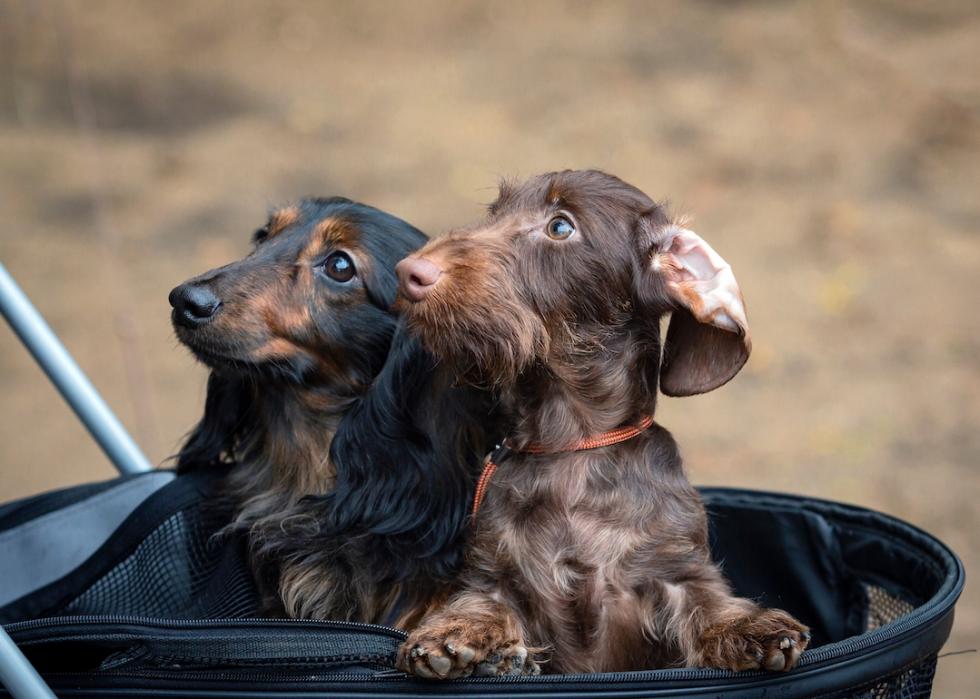
Famous Working Roles
Historically bred for badger hunting, dachshunds were also used for rabbit and fox hunts. Today, they excel in scent work, tracking, and even therapy roles.
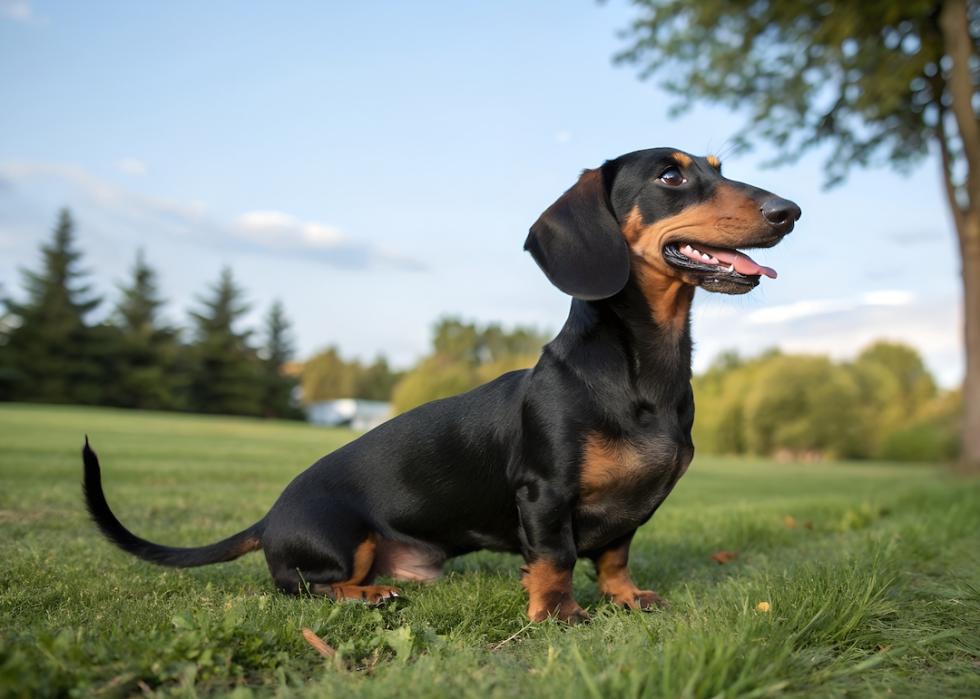
Breed-Specific Activities & Sports
Dachshunds shine in Earthdog trials, which simulate their burrowing heritage. They also compete in AKC agility, rally, and obedience—though often with entertaining unpredictability.


